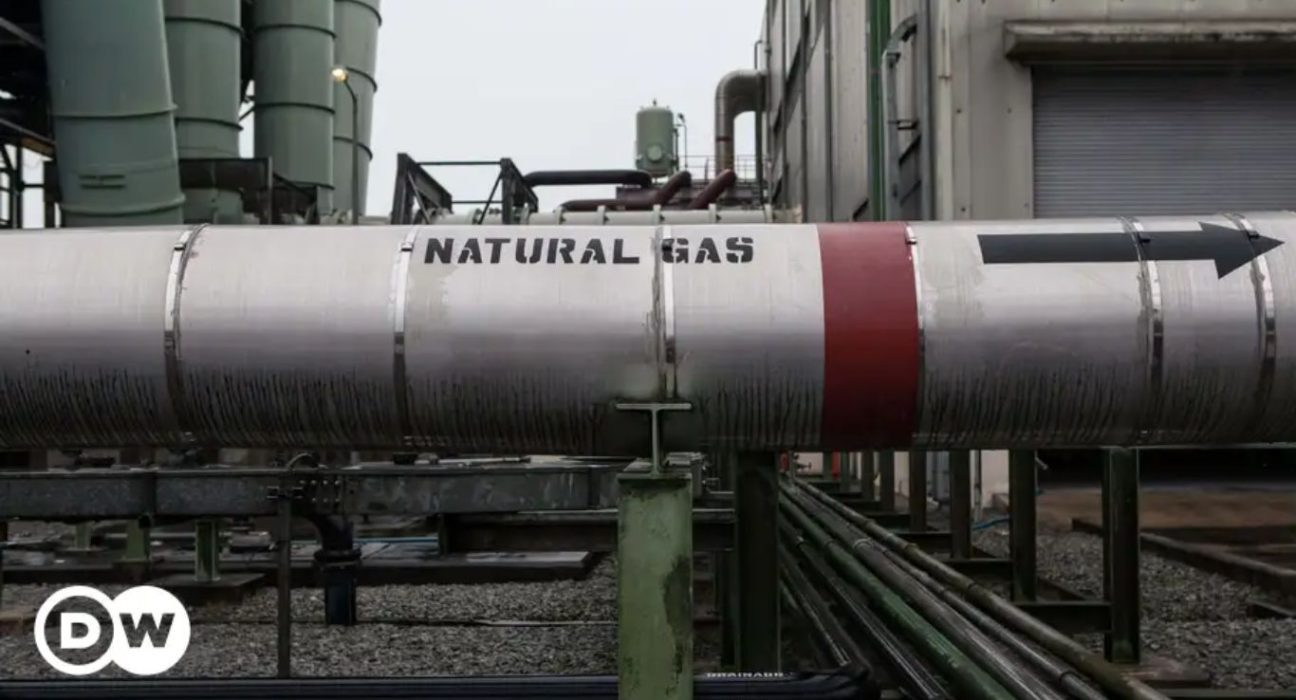Introduction
In the volatile world of commodities trading, natural gas prices have taken a hit recently, experiencing a downward trend since Monday. This decline has amounted to a substantial loss of approximately 8% within the same period. This article delves into the factors influencing this decline and the potential implications for the natural gas market in the near future.
Rising Open Interest and Volume
One of the key indicators pointing towards the recent decline in natural gas prices is the concurrent rise in both open interest and trading volume. Wednesday’s decrease in prices was accompanied by an increase in open interest and trading volume. This combination is often indicative of market sentiment favoring further downward movement. Traders and analysts are closely monitoring this development as it suggests that more losses could be in store for the natural gas market.
Technical Analysis Suggests Further Losses
When delving into the technical aspects of the market, it becomes evident that the downtrend might continue in the short term. Technical analysis highlights the potential for further downside, potentially leading the commodity to retest the transitory 100-day Simple Moving Average (SMA). This critical support level is situated around the $2.40 region per million British thermal units (MMBtu). Traders and investors are keenly watching this level as it could provide a pivotal point for the market’s direction.
Market Volatility and External Factors
Market volatility is a common occurrence in the commodities landscape, and natural gas is no exception. External factors such as geopolitical tensions, supply-demand dynamics, and weather patterns play a significant role in influencing natural gas prices. Factors like unexpected shifts in production, disruptions in supply chains, or even regulatory changes can swiftly impact the market sentiment, contributing to price fluctuations.
Weather Patterns and Natural Gas Demand
Weather plays a crucial role in determining natural gas demand. During colder months, the demand for natural gas tends to increase significantly as it is a primary heating source for many households and businesses. Conversely, milder weather conditions can lead to a decrease in demand. Meteorological forecasts and their accuracy are closely monitored by traders as they anticipate the potential effects on natural gas prices.
Global Energy Transition Impact
The global energy landscape is undergoing a transformative phase with a shift towards renewable energy sources. This transition can also influence natural gas prices. As renewable technologies become more accessible and affordable, the demand for traditional fossil fuels like natural gas might experience fluctuations. Investors consider these long-term trends as they evaluate their positions in the natural gas market.
Economic Indicators and Natural Gas
Economic indicators, such as GDP growth and industrial production, also play a role in influencing natural gas prices. A robust economy often correlates with increased industrial activities and energy consumption, which can drive up the demand for natural gas. Conversely, economic downturns might lead to reduced energy consumption and subsequently impact natural gas prices.
Energy Storage Developments
Advancements in energy storage technologies can impact the demand for natural gas in power generation. Batteries and other storage solutions enable the integration of intermittent renewable energy sources into the grid, potentially reducing the reliance on natural gas for electricity generation. The rate of adoption of these technologies can influence the overall demand for natural gas.
Conclusion
In conclusion, the recent downward trajectory in natural gas prices, marked by an 8% decline since Monday, has raised concerns among traders and investors. The simultaneous increase in open interest and trading volume points towards a prevailing sentiment for further losses. Technical analysis highlights the possibility of a visit to the transitory 100-day SMA at around $2.40 per MMBtu. However, it’s essential to remember that the commodities market is influenced by a myriad of factors, including external geopolitical tensions, weather patterns, and the global energy transition. As the market continues to evolve, staying informed about these dynamics is crucial for making informed decisions within the natural gas sector.










